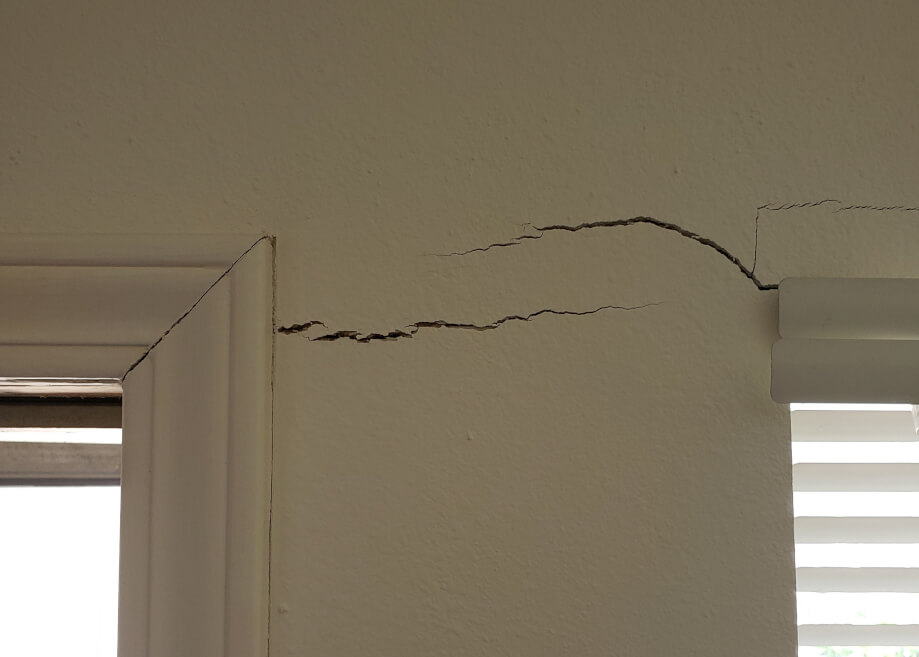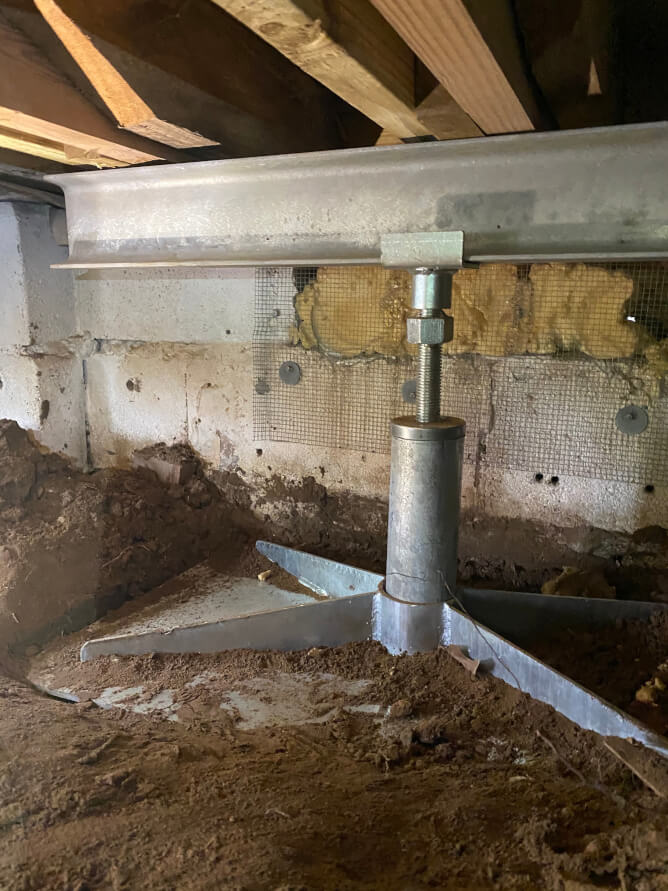Foundation Repair in Coastal Climates

How Gulf Coast Weather Impacts Your Home’s Stability
Living along the Gulf Coast comes with many perks – beautiful beaches, warm weather, and vibrant communities. But for homeowners in Alabama, Florida, and Mississippi, the region’s unique climate can also pose serious challenges for your home’s foundation. High humidity, heavy rainfall, and shifting coastal soils all put extra stress on foundations, often leading to cracks, uneven floors, or doors and windows that stick.
Understanding how coastal weather impacts your home is the first step toward protecting your property. Regular inspections and timely repairs from trusted local experts like MDH Foundation Repair can prevent minor issues from turning into costly damage.
Why Coastal Weather Takes a Toll on Foundations
Homes along the Gulf Coast face constant exposure to environmental conditions that inland homes rarely experience. These include:
- High Humidity and Moisture Fluctuations: Coastal air is naturally humid, which causes soil to expand and contract frequently. Over time, this movement can weaken foundations, leading to cracks and structural shifting.
- Heavy Rainfall and Flooding: Frequent storms and tropical weather patterns saturate the soil. When the ground becomes waterlogged, it can lose strength, causing settlement or uneven shifting in your foundation.
- Storms and Hurricanes: Severe weather events not only bring heavy rain but also powerful winds that can shake and stress homes, particularly those with older or compromised foundations.
- Salt Exposure: Homes near the shore are exposed to salt-laden air, which can accelerate corrosion in steel reinforcements and damage concrete over time.
These factors make it critical for Gulf Coast homeowners to stay vigilant and address any early signs of foundation issues promptly.

Understanding Coastal Soil Movement
The soil in coastal regions is often a mix of sand, clay, and silt, each with unique properties that affect foundation stability. Coastal soil movement is common due to several factors:
- Poor Drainage: Heavy rains can pool around your home, weakening soil beneath your foundation.
- High Groundwater Levels: Saturated soils lose their ability to support heavy structures, causing settling.
- Soil Composition: Sandy soils drain quickly but shift easily, while clay-heavy soils expand when wet and contract when dry, creating uneven pressure on your foundation.
Even minor soil shifts can lead to noticeable home foundation damage signs, such as cracked walls, sloping floors, and doors that won’t close properly. Understanding these soil dynamics is key to protecting your Gulf Coast home from long-term structural problems.
Common Signs of Home Foundation Damage
Homeowners should watch for these warning signs of foundation damage:
- Cracks in brick, drywall, or concrete
- Uneven or sloping floors
- Doors and windows that stick or don’t close properly
- Gaps around baseboards, window frames, or exterior trim
- Bowing walls or exterior masonry separation
If you notice any of these issues, it’s time to schedule a foundation inspection to prevent further damage.

Solutions for Gulf Coast Foundation Problems
At MDH Foundation Repair, we specialize in stabilizing homes that face the unique challenges of coastal climates. Our solutions include:
- Helical Piers: Helical piers are ideal for homes built on shifting or weak soil. They transfer the weight of your structure to more stable soil layers, stopping further settlement and restoring stability
- Pile Repair and Reinforcement: Coastal homes on pile foundations can suffer from weakened or damaged piles due to moisture, storms, or soil movement. Our pile repair solutions strengthen and stabilize your foundation, ensuring your home remains safe and secure.
- Drainage and Moisture Control: Preventive measures like grading, proper gutters, and sump pumps can reduce water pooling and soil saturation around your foundation. Controlling moisture helps protect against further coastal soil movement and foundation damage.
By combining these solutions, MDH Foundation Repair can address both existing foundation issues and prevent future problems, giving Gulf Coast homeowners peace of mind.
Foundation Repair
Frequently asked questions
What are the signs my home needs foundation repair?
High humidity, heavy rainfall, and shifting coastal soils can cause your foundation to expand, contract, or settle unevenly, leading to cracks and other structural problems.
What’s the best way to prevent foundation damage near the coast?
Regular inspections, proper drainage, and addressing minor soil movement or cracks early can help prevent major foundation issues.
Are helical piers effective for homes in sandy soil?
Yes, helical piers provide a stable support system by transferring the home’s weight to stronger soil layers below shifting sands.
How often should I schedule a foundation inspection?
Most homeowners benefit from an inspection every 1 to 2 years, or immediately after severe storms or noticeable foundation changes.
Can MDH Foundation Repair help after a major storm or flood?
Absolutely. Our team specializes in assessing and repairing storm-related foundation damage, restoring stability to Gulf Coast homes.
How much does foundation repair in coastal areas typically cost?
Costs vary depending on the severity of damage, soil conditions, and the repair method, but MDH Foundation Repair provides free inspections to give accurate estimates.
How quickly should I act if I notice foundation damage signs?
It’s best to schedule a foundation inspection immediately. Early action can prevent small issues from becoming costly structural problems.